Women on quarters: Who they are and why it matters
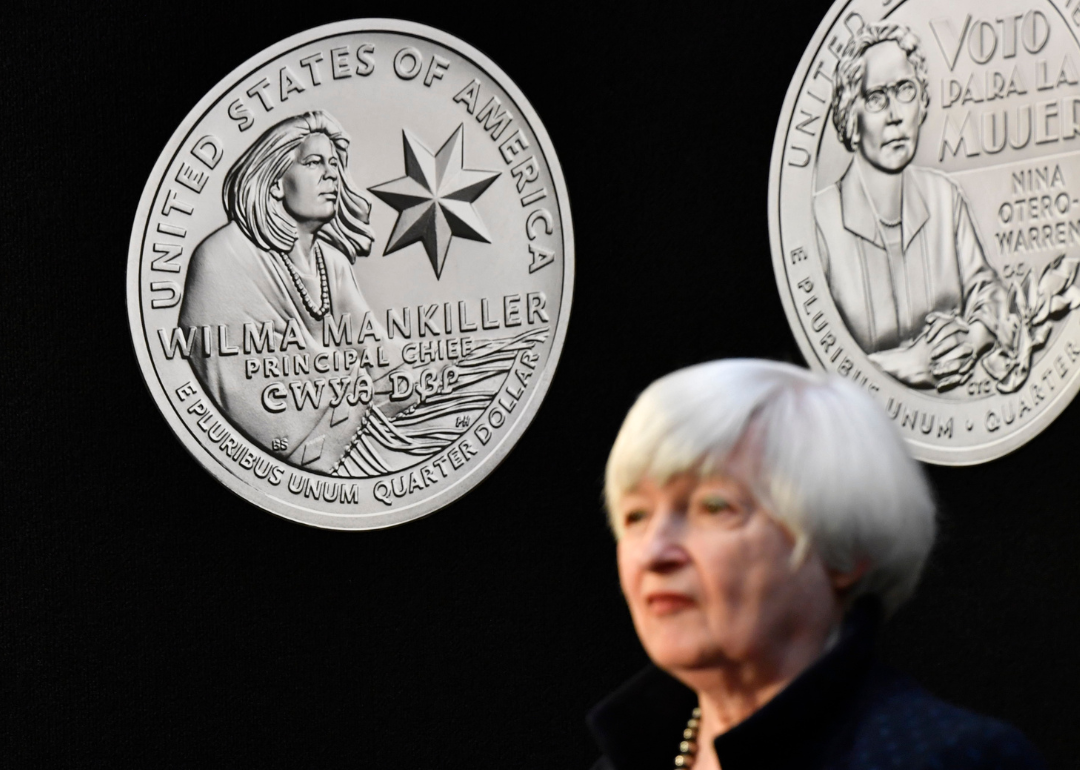
Pool // Getty Images
Women on quarters: Who they are and why it matters
U.S. Secretary of the Treasury Janet Yellen speaking to employees after touring The Denver Mint, one of two locations manufacturing coins for the new American Women Quarters Program.
Modern U.S. currency is sadly lacking in diversity, and until recently, women and people of color were almost entirely absent. The nation’s money has traditionally depicted a static set of Founding Fathers, presidents, national memorials, and government buildings. But as Smithsonian Institution curator Ellen Feingold pointed out in an op-ed for Politico, who shows up on our currency sends a message about which U.S. figures we respect and remember for their contributions.
Commemorating the ratification of the 19th Amendment giving women the right to vote, the United States Mint launched the American Women Quarters Program. The program celebrates the contributions made by women in the U.S. by putting them on quarters between 2022 through 2025. Listed below in order of issuance are the first 10 honorees: five from the first round of quarters in 2022 and five from the second round in 2023.
But who are those women on your quarters? Stacker explores the fascinating lives of the 10 remarkable women celebrated by the American Women Quarters Program halfway through its four-year run. While this is a welcome change, it’s by no means a pioneering one. Many other countries have long had women figures on their currency, from Australia to Sweden to New Zealand. It’s also worth recognizing that the Mint uses a binary understanding of sex and gender, which presently excludes nonbinary people from the program.
However, the women listed on quarters so far lived extraordinary, progressive lives worth learning more about now. From Maya Angelou to Maria Tallchief, meet the women on your quarters—and learn why they matter.
You may also like: Popular fads from the year you were born
![]()
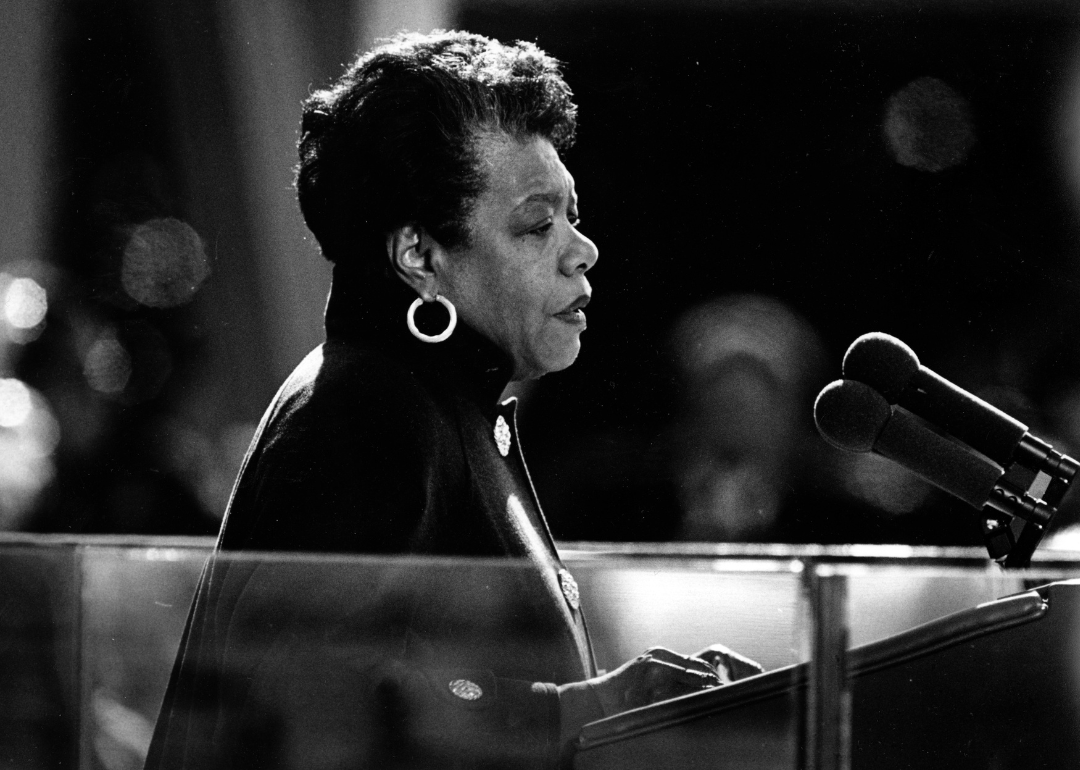
Larry Morris / The Washington Post via Getty Images
Maya Angelou
Maya Angelou reads a poem during the inauguration of Bill Clinton.
Writer, performer, and activist Maya Angelou begins the Mint’s roster and makes history as the first Black woman to appear on a U.S. quarter. She rose to prominence following the publication of her classic 1969 autobiography “I Know Why the Caged Bird Sings.”
She published over 30 other works, including memorable poems like “Still I Rise” and “On the Pulse of Morning”; she read the latter at President Bill Clinton’s 1992 inauguration. Angelou is also remembered for her civil rights work, in which she organized alongside Dr. Martin Luther King Jr. and worked on the staff of the Southern Christian Leadership Conference. In 2010, President Barack Obama awarded her the Presidential Medal of Freedom.
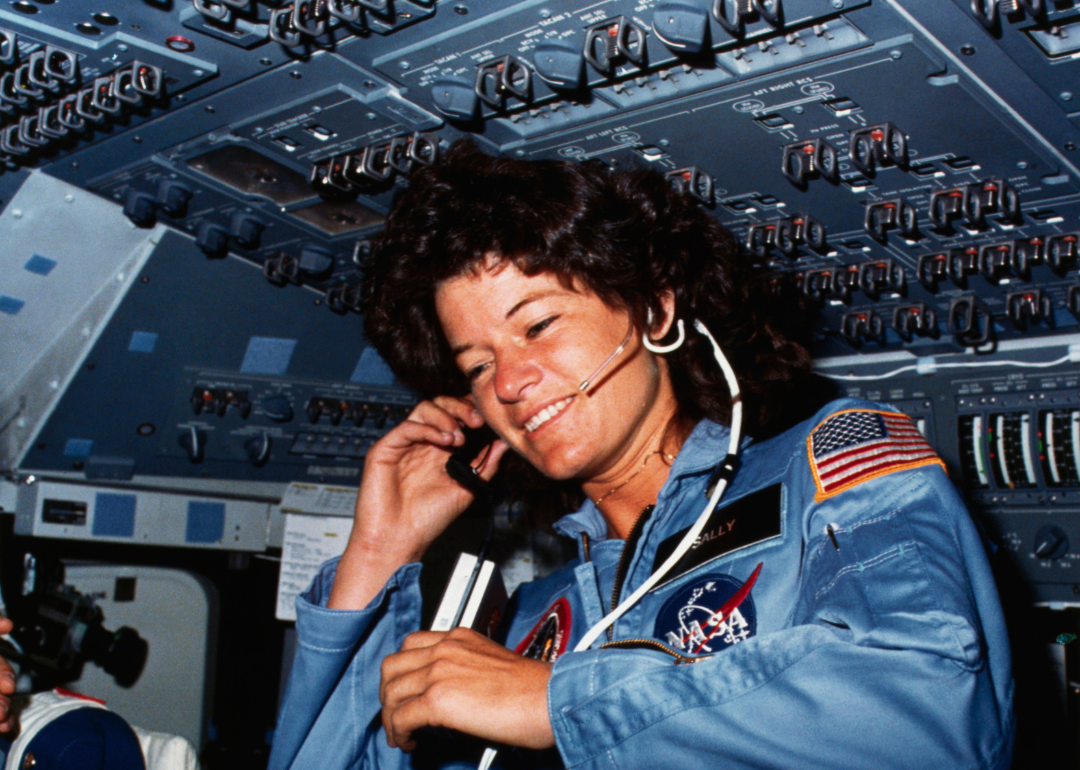
Bettmann // Getty Images
Sally Ride
Astronaut Sally K. Ride communicating with ground controllers from the flight deck of the Earth-orbiting Space Shuttle Challenger.
A pioneer in space exploration, Dr. Sally Ride became the first American woman to walk in space and the first American woman to make two trips to space. First, Ride served as a mission specialist during the 1983 Space Shuttle Challenger STS-7 mission, in which she helped retrieve two communications satellites and conducted scientific experiments.
In 1984, she completed her second mission aboard the Challenger, using the shuttle’s robotic arm to release the Earth Radiation Budget Satellite. After resigning from NASA in 1987, she focused on breaking down barriers for young women in STEM with her own company, Sally Ride Science. The company created immersive educational science programs for elementary and middle school students, encouraging more women to reach for the stars.
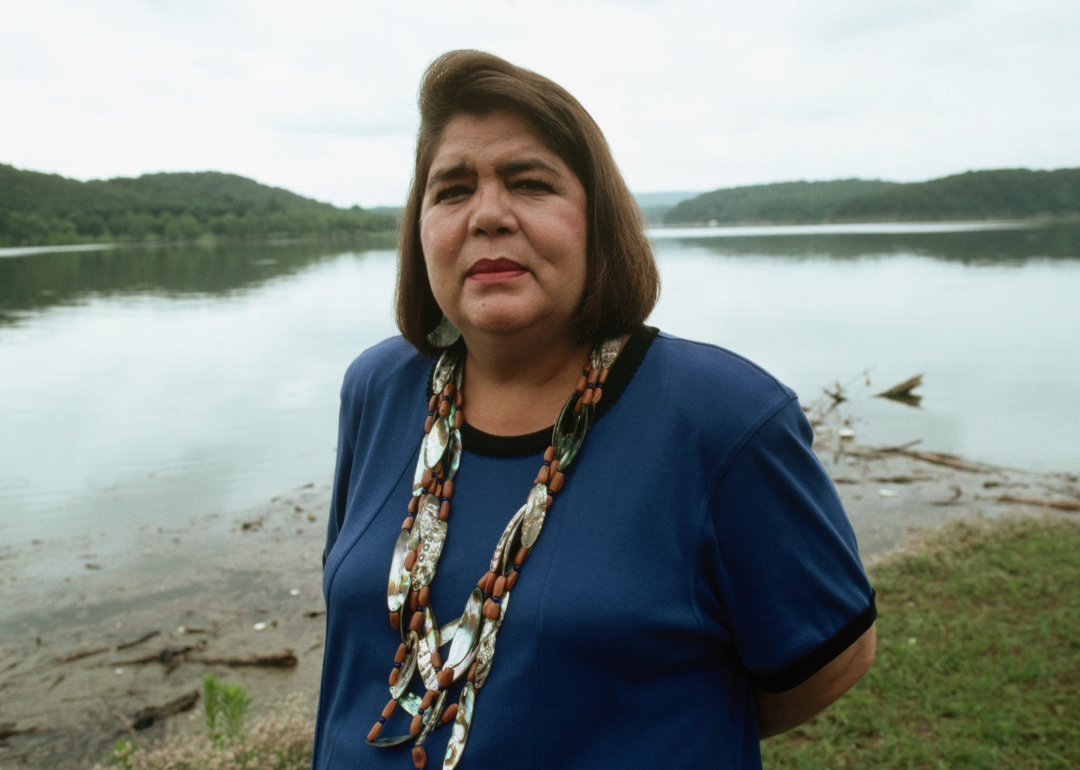
Peter Turnley // Getty Images
Wilma Mankiller
Wilma Mankiller, principal chief of the Cherokee Nation, posing beside a lake.
In 1985, Wilma Mankiller became the first woman elected principal chief of the Cherokee Nation. Before her election, she founded the Cherokee Nation’s Community Development Department, overseeing the creation of community water systems and the rehabilitation of houses.
Mankiller tripled membership in the Cherokee Nation during her time as chief, saw lowered infant mortality rates, and doubled Cherokee employment. She also worked with the federal government to pioneer a self-government agreement between the Cherokee Nation and the Environmental Protection Agency. Mankiller was inducted into the National Women’s Hall of Fame in 1993 and received the Presidential Medal of Freedom in 1998.
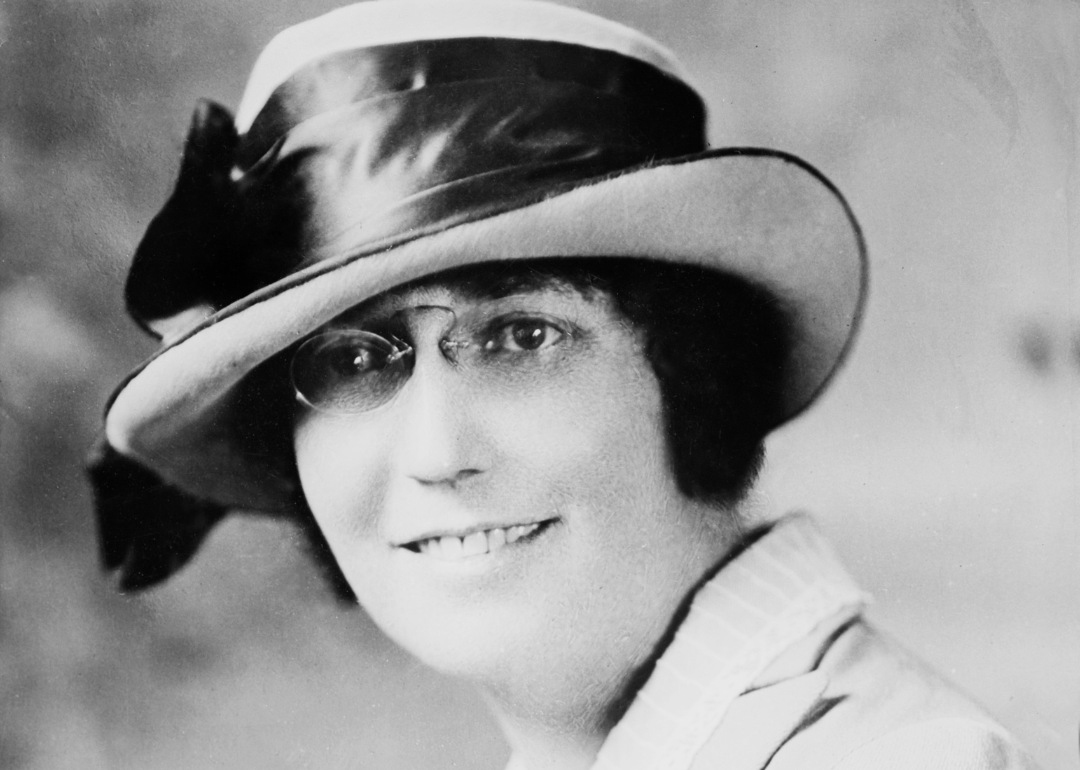
Michael Ochs Archives // Getty Images
Nina Otero-Warren
American suffragist and politician Adelina ‘Nina’ Otero-Warren posing for a portrait on July 11, 1923.
Nina Otero-Warren became the first Hispanic woman to run for U.S. Congress and led the New Mexico women’s suffrage movement. The first female superintendent of public schools in Santa Fe, New Mexico, Otero-Warren emphasized the importance of using Spanish to make the suffrage movement accessible to Hispanic women.
In her education work, she promoted bicultural education, citing the importance of preserving Hispanic and Native American cultures within New Mexico. Her legacy is still timely today as activists work to offer ballots in more languages and culture wars attempt to prevent minority history and culture from being taught in schools.
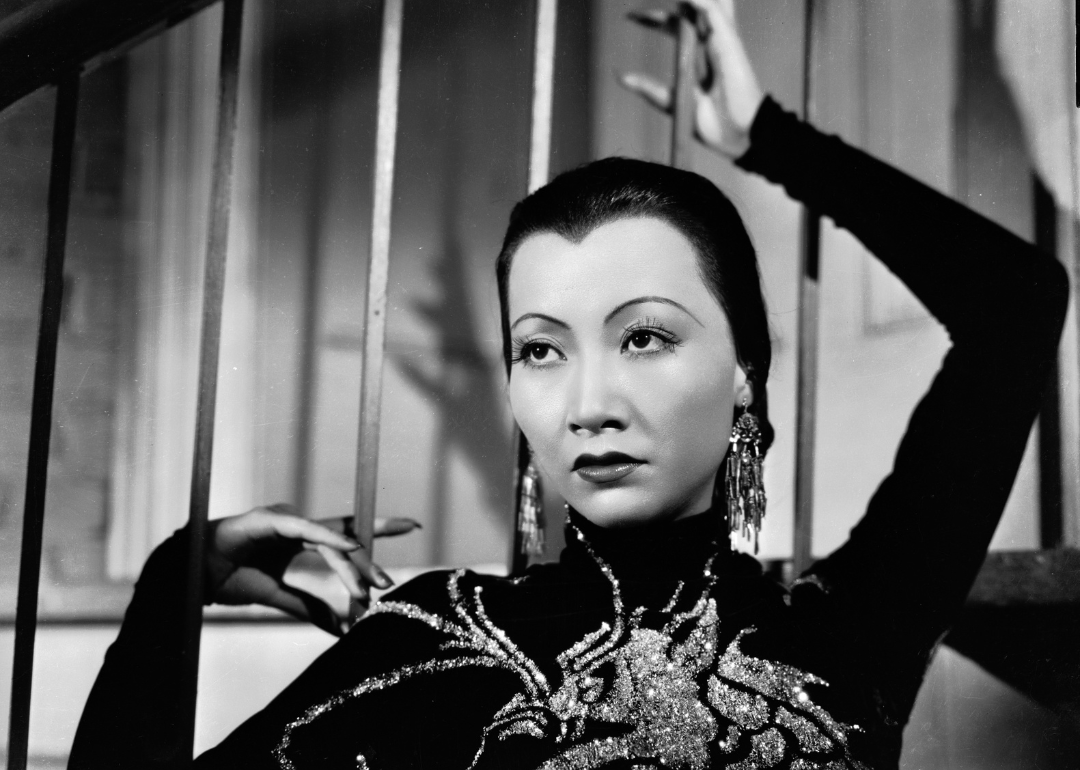
John Kobal Foundation // Getty Images
Anna May Wong
Chinese American film star Anna May Wong wearing a dress with a dragon motif in a publicity shot for ‘Limehouse Blues’, directed by Alexander Hall.
Anna May Wong became the first Asian American to appear on U.S. currency thanks to this quarters program. She is Hollywood’s first Asian American movie star, appearing in silent films, theater productions, and on television. Wong dealt with racism and harassment throughout her Hollywood career, eventually prompting her to go to Europe and star in several English, German, and French films.
Wong’s legacy can be felt in the #OscarsSoWhite and #TimesUp movements of the present day, which advocate for more conscious, authentic diversity in film and urge holding people accountable for perpetrating gender-based discrimination and sexual harassment or assault in the workplace and beyond.
You may also like: Pop culture history from the year you were born
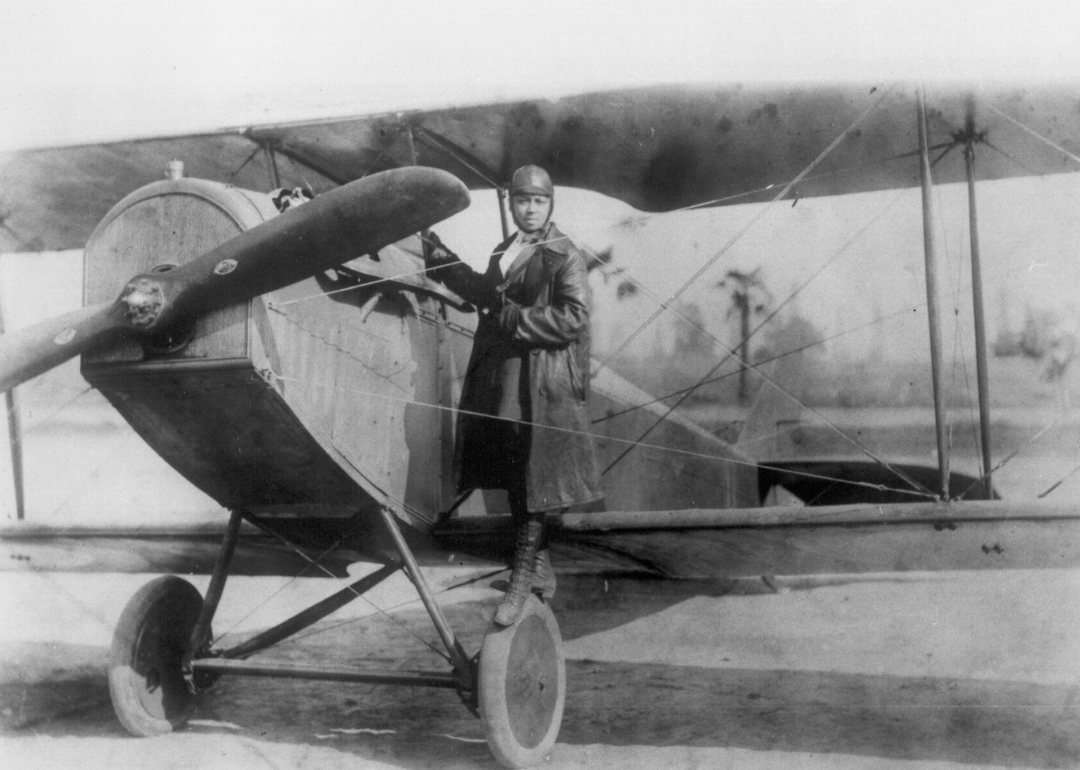
Michael Ochs Archives // Getty Images
Bessie Coleman
American pilot Bessie Coleman in her bi-plane, circa 1920.
A talented pilot, Bessie Coleman also made history as the first African American and first Native American woman pilot and the first African American to earn an international pilot’s license. After being refused admission into U.S. flying schools, Coleman traveled to Paris and eventually received her international pilot’s license from France’s Fédération Aéronautique Internationale.
She became known for her daring feats at air shows, performing “loop-the-loops” and making a figure 8. As her fame grew, Coleman toured the United States giving flight lessons and encouraging young African Americans and women to pursue aviation. Her legacy remains an important example, given the meager 8.4% of U.S. pilots who are women today, according to 2020 Federal Aviation Administration data.

Frank Salmoiraghi // Wikimedia Commons
Edith Kanakaʻole
Edith Kanakaʻole as depicted by Frank Salmoiraghi in Notable Women of Hawaii.
Throughout her life, Hawaiian composer, chanter, educator, and Kuma Hula Edith Kanakaʻole was dedicated to celebrating and promoting the preservation of native Hawaiian culture. Kanakaʻole did this by composing oli (Hawaiian chants), choreographing hula dances, and teaching these skills to others. She also worked to help create the first Hawaiian language program for public school students.
She created college courses and seminars in the 1970s on under-taught subjects like Hawaiian chant and mythology, ethnobotany, and Polynesian history. During a time when the importance of teaching about Indigenous culture and history was still being debated in the mainstream, Kanakaʻole’s efforts were ahead of her time.
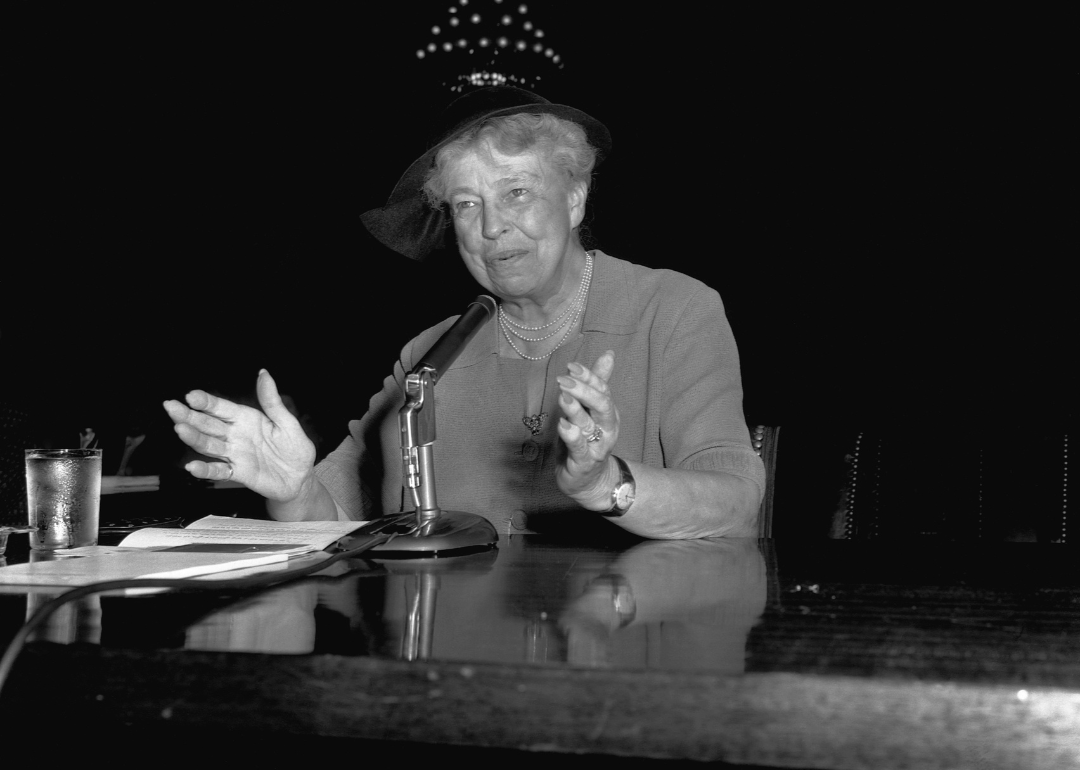
Bettmann // Getty Images
Eleanor Roosevelt
Eleanor Roosevelt speaking before the Senate Foreign Relations subcommittee on the United Nations charter.
Eleanor Roosevelt held many titles: first lady, writer, and chairperson of the United Nations Human Rights Commission, just to name a few. Roosevelt became active in politics in the 1920s, promoting women’s political engagement through organizations like the Women’s Trade Union League and the League of Women Voters.
As first lady, she was known for her hands-on approach, visiting relief projects across the country to lend her support. She remained politically active later in life, notably when former President Harry Truman appointed her to the United Nations. Roosevelt worked on drafting the Universal Declaration of Human Rights, which the U.N. General Assembly adopted in 1948.
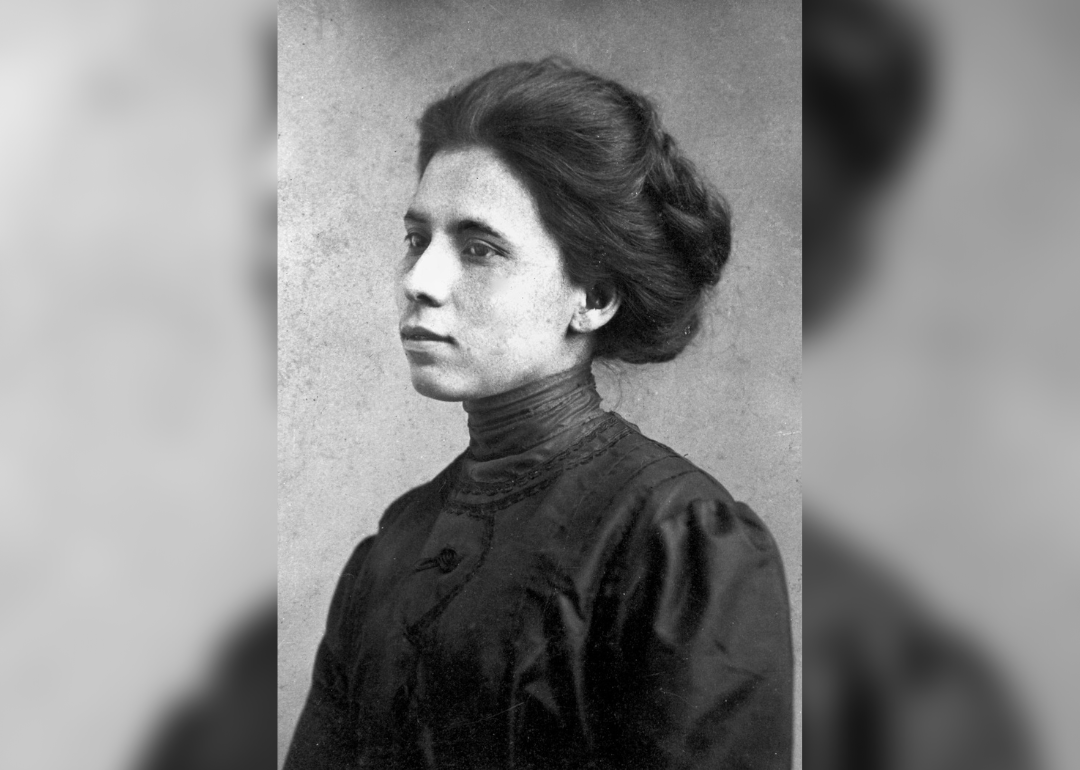
General Photograph Collection/UTSA Libraries Special Collections // Wikimedia Commons
Jovita Idar
Jovita Idár around 1905.
Mexican American journalist, activist, teacher, and suffragist Jovita Idár used her writing and organizing efforts to fight for a better future for her fellow Latin Americans. Idár was exposed to the power of journalism from a young age. Her parents ran the progressive, Spanish-language newspaper La Crónica, which exposed injustices toward Mexican Texans in the early 20th century. This encouraged her to pursue activism.
She helped organize the First Mexican Congress in 1911 (which launched Mexican Americans’ civil rights movement). She founded the League of Mexican Women (one of the first Latina feminist organizations) and became its first president. Idár was also passionate about education, launching El Etudiante, a weekly bilingual education newspaper for teachers, encouraging them to help bilingual students preserve their cultures. Idár used journalism to speak on behalf of Latin Americans in several other publications, including El Progreso, El Eco del Golfo, and La Luz.
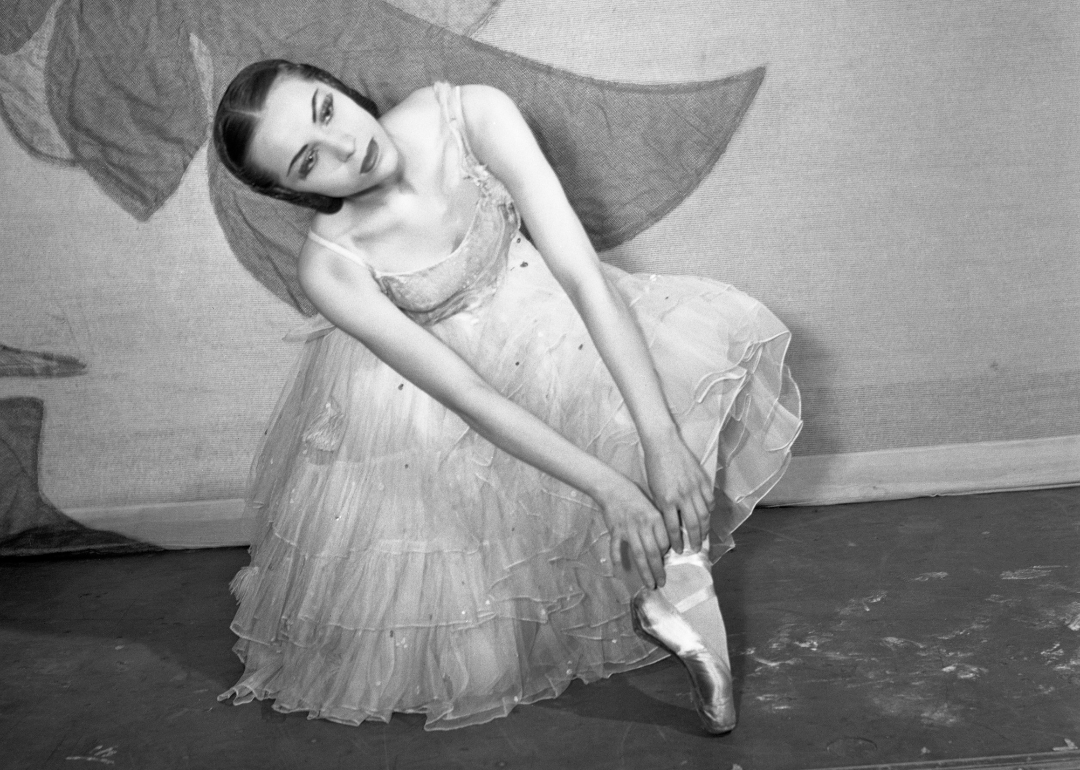
Bettmann // Getty Images
Maria Tallchief
Maria Tallchief in a ballet pose.
Part of the Osage Tribe, Maria Tallchief is widely recognized as America’s first prima ballerina. Throughout her career, Tallchief danced and worked for prestigious companies like the New York City Ballet and the Chicago City Ballet. Even as she gained acclaim, she refused to erase her heritage, keeping the Tallchief name in the spotlight rather than changing it to a seemingly more prestigious Russian-sounding name valued in the ballet world.
After retiring from dancing full-time, Tallchief sought to empower Native Americans by speaking to them and others about Native arts and education. She also helped raise funds for the Smithsonian’s National Museum of the American Indian. Her legacy lives on in the ballet dancers of color in the U.S., though the art form continues to battle its “ballet blanc” problem.
You may also like: Artists who found fame after death



